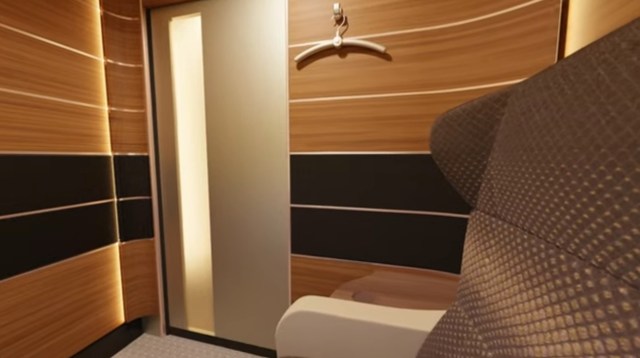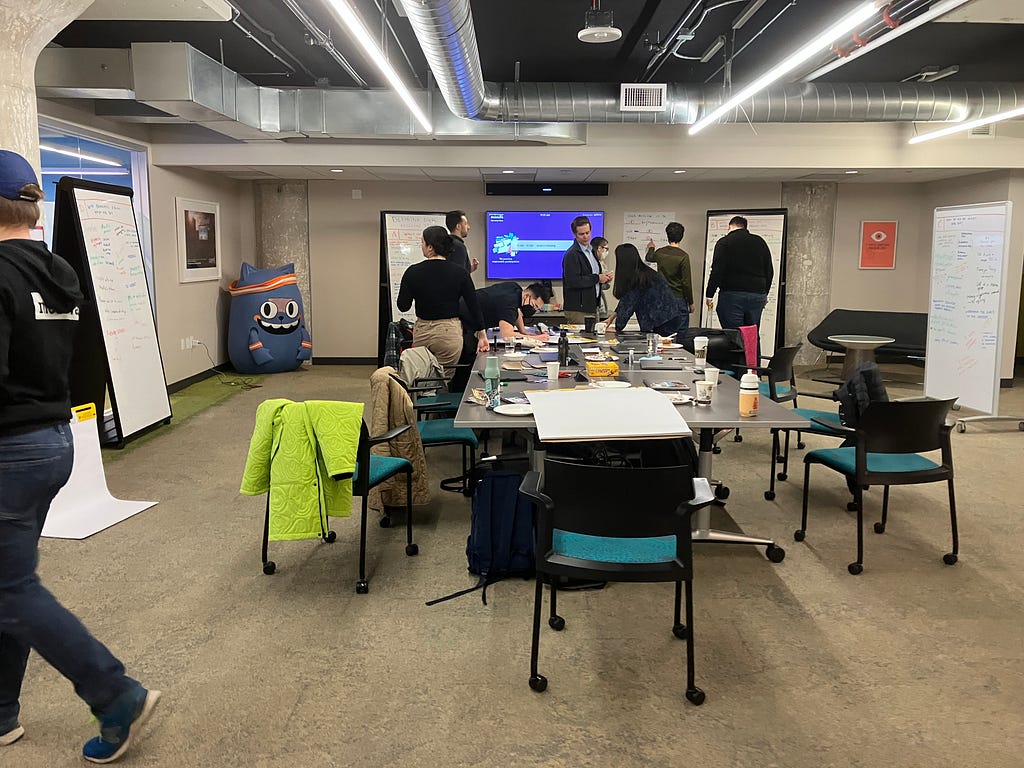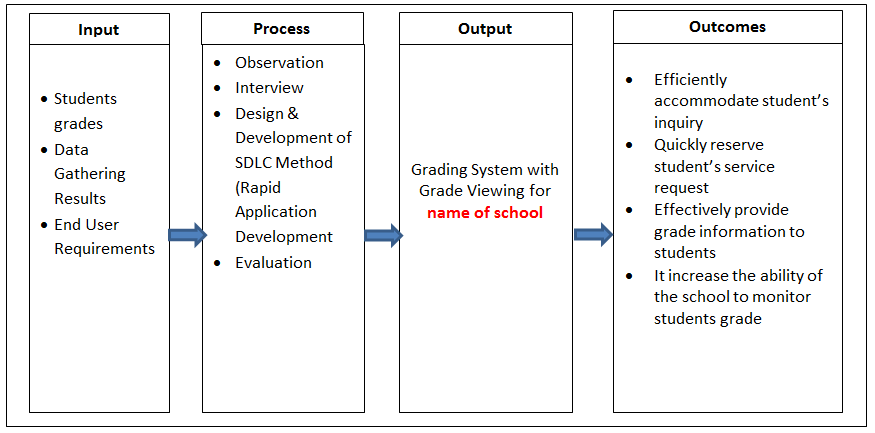As time passes, you may notice that your child’s growth isn’t occurring completely on the straight and narrow. Many kids exhibit flatfeet, toe walking, pigeon toes, bowlegs, and knock-knees in their first years of life.
Some of these conditions correct themselves without treatment as kids grow. Others that persist or become more severe may be linked to other conditions. Many orthopedic conditions, just like dimples or cleft chins, are just normal variations of human anatomy that don’t require treatment.
Flatfeet
Most babies are born with flatfeet and develop arches as they grow. But in some kids the arch never fully develops. Parents often first notice their child has what they describe as “weak ankles.” The ankles appear to turn inward because of the way the feet are planted.
Flatfeet usually do not represent an impairment of any kind, and The Podiatrist only considers treatment if it becomes painful.
Toe Walking
Toe walking is common among toddlers as they learn to walk, especially during the second year of life. Generally, the tendency goes away by age 2, although it persists in some kids.
Intermittent toe walking should not be cause for concern, but kids who walk on their toes almost exclusively and continue to do so after age 2 should be evaluated by The Podiatrist. Persistent toe walking in older kids or toe walking only on one leg might be linked to other conditions, such as cerebral palsy or other nervous system problems.
In-Toeing (Pigeon Toes)
In-toeing (medical name: femoral anteversion), or walking pigeon-toed (with feet turned inward), is another normal variation in the way the legs and feet line up. Babies may have a natural turning in of the legs at about 8 to 15 months of age, when they begin standing.
Treatment for pigeon-toed feet is almost never required. Special shoes and braces commonly used in the past were never proved to speed up the natural slow improvement of this condition. In-toeing typically doesn’t interfere with walking, running, or sports, and resolves on its own as kids grow into teens and develop better muscle control and coordination.
Bowlegs
Bowleggedness (medical name: genu varum) is an exaggerated bending outward of the legs from the knees down that can be inherited. It’s common in infants and, in many cases, corrects itself as a child grows.
Bowleggedness beyond the age of 2 or bowleggedness that only occurs in one leg but not the other can be the sign of a larger problem, such as rickets or Blount’s disease. Rickets, a bone growth problem usually caused by lack of vitamin D or calcium in the diet, causes severe bowing of the legs and can also cause muscle pain and enlargement of the spleen and liver. Rickets is much less common today than in the past. Rickets and the resulting bowlegs are almost always corrected by adding vitamin D and calcium to the diet. Some types of rickets, however, are due to a genetic condition and may require more specialized treatment by an endocrinologist.
Blount’s disease is a condition that affects the tibia bone in the lower leg. Leg bowing from Blount’s disease is seen when a child is about 2 years old, and can appear suddenly and quickly become worse. The cause of Blount’s disease is unknown, but it causes abnormal growth at the top of the tibia bone by the knee joint. To correct the problem, kids may need bracing or surgery when they’re between 3 and 4 years old.
You should also take your child to The Podiatrist if bowleggedness occurs only on one side or gets progressively worse.
Knock-Knees
Most kids show a moderate tendency toward knock-knees (medical name: genu valgum) between the ages of 3 and 6, as the body goes through a natural alignment shift. Treatment is almost never required as the legs typically straighten out on their own. Severe knock-knees or knock-knees that are more pronounced on one side sometimes require treatment.
If you have any concerns, see The Podiatrist
http://www.thepodiatrist.co.nz
http://www.kidsnmotion.co.nz
Common Childhood Orthopaedic Conditions
↧
↧
Trending Articles
More Pages to Explore .....




















